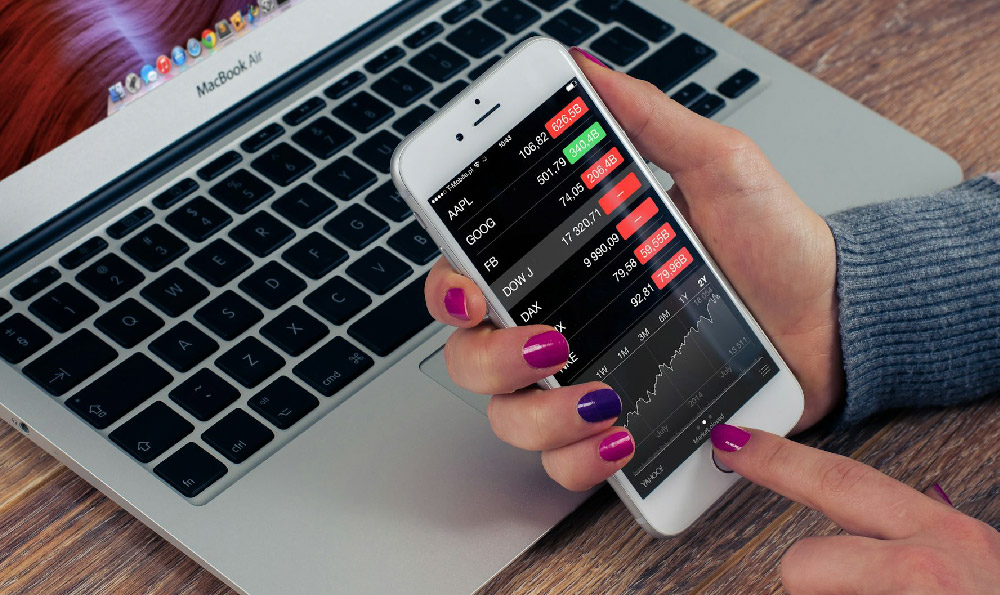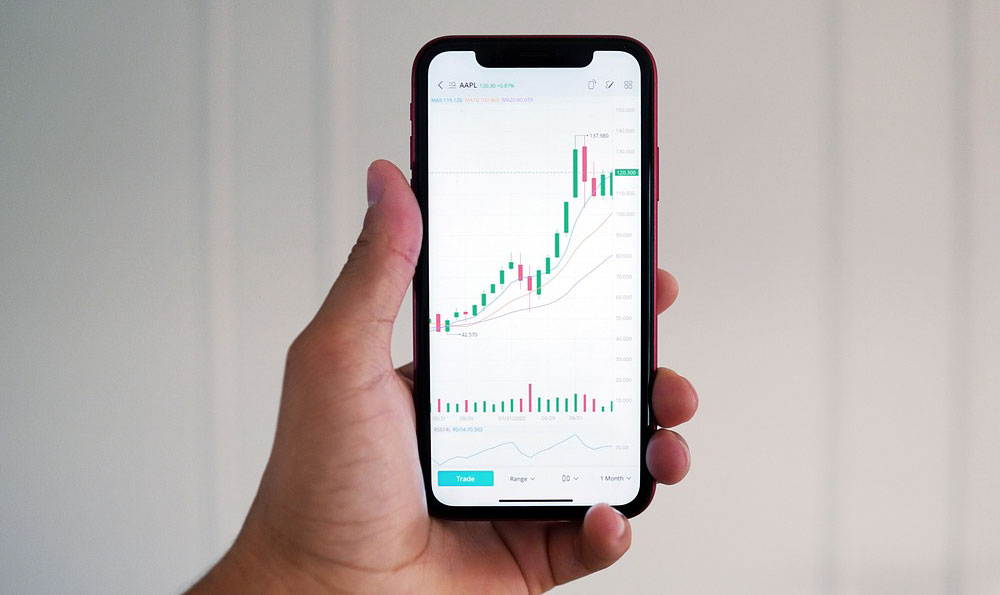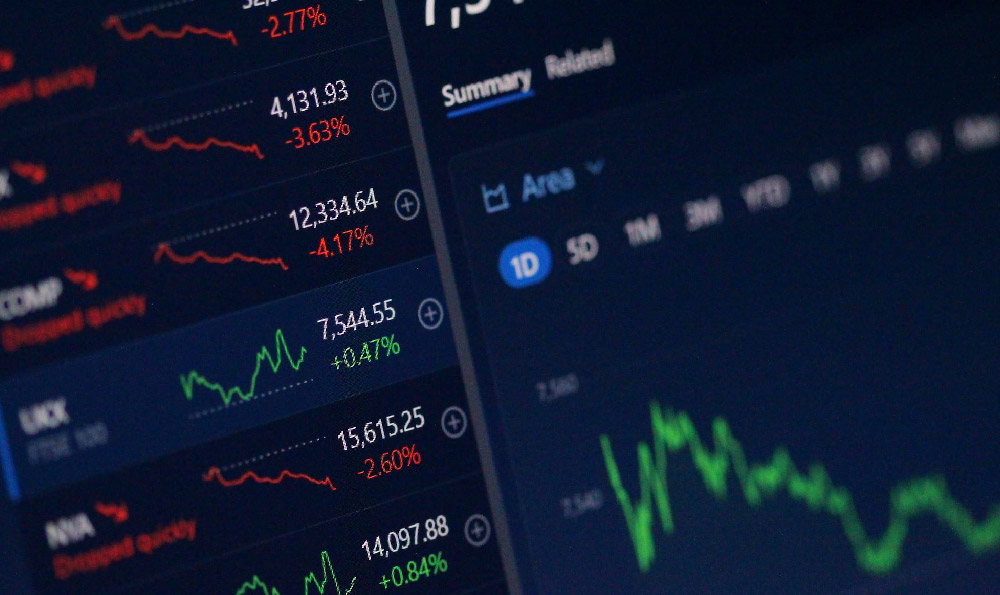How do market makers profit, and what strategies do they employ?
Market makers are indispensable components of any liquid financial market, including the vibrant and often volatile world of cryptocurrency. Their function is to provide liquidity by consistently quoting both buy (bid) and sell (ask) prices for assets. This continuous quoting narrows the bid-ask spread, reducing transaction costs and enabling traders to execute orders quickly and efficiently. But how do these market makers actually generate profits, and what are the key strategies they employ?
The primary source of profit for market makers lies in capturing the bid-ask spread. As mentioned earlier, they quote two prices: the bid (the highest price they are willing to buy an asset) and the ask (the lowest price they are willing to sell an asset). The difference between these two prices is the spread. Ideally, a market maker will buy at the bid price and immediately sell at the ask price, pocketing the difference. For example, if a market maker is bidding $100 for Bitcoin and asking $100.10, they earn $0.10 per Bitcoin traded when they buy at $100 and immediately sell at $100.10. While this profit margin may seem small per transaction, the high frequency of trading typical for market makers allows them to accumulate substantial profits over time. The thinner the spread they can maintain while still attracting sufficient volume, the more competitive they are and the larger their potential profit.
However, simply quoting bid and ask prices and capturing the spread isn't risk-free. Market makers face several key risks, most notably inventory risk and adverse selection risk. Inventory risk arises because market makers must hold inventory of the assets they are trading. If the price of the asset moves significantly against them, they could incur losses on their holdings. For instance, if a market maker accumulates a large position in Bitcoin and the price of Bitcoin suddenly drops, the market maker will suffer a loss on their inventory. Therefore, effective inventory management is crucial. Market makers use hedging strategies, such as delta hedging, to mitigate this risk. Delta hedging involves taking offsetting positions in related assets to neutralize the price sensitivity (delta) of their inventory. Another approach involves quickly offloading inventory as soon as positions become uncomfortably large, even if it means sacrificing some profit on the spread.

Adverse selection risk occurs when the market maker trades with someone who has superior information. For example, if someone knows that negative news about Bitcoin is about to be released, they might rush to sell their Bitcoin to the market maker before the price drops. The market maker, unaware of the impending news, could end up buying Bitcoin at a price that is too high. To mitigate adverse selection risk, market makers carefully analyze market data, track order flow, and use sophisticated algorithms to detect patterns that might indicate informed trading. They might also adjust their bid and ask prices based on the observed order flow, widening the spread when they suspect informed traders are present.
Beyond capturing the spread, market makers can also generate profits from rebates offered by exchanges. Many cryptocurrency exchanges offer rebates to market makers to incentivize them to provide liquidity. These rebates are typically based on the volume of trades executed by the market maker. By aggressively quoting bid and ask prices and generating high trading volume, market makers can earn substantial rebates, further boosting their profitability. These rebates effectively lower their transaction costs and increase their net profit margin.
To effectively navigate the cryptocurrency market and maintain profitability, market makers employ a range of sophisticated strategies. These strategies often involve the use of algorithms and automated trading systems.
-
Order Book Analysis: Market makers continuously analyze the order book to understand the supply and demand for an asset. They use this information to adjust their bid and ask prices, ensuring they remain competitive and attractive to traders. Algorithms automatically monitor the order book depth at various price levels, identifying areas of potential support and resistance. This allows market makers to anticipate price movements and adjust their quoting strategies accordingly.
-
Statistical Arbitrage: This strategy involves exploiting temporary price discrepancies between different exchanges or trading pairs. Market makers use algorithms to identify these discrepancies and execute trades to profit from the difference. For example, if Bitcoin is trading at a slightly higher price on one exchange compared to another, a market maker can buy Bitcoin on the cheaper exchange and simultaneously sell it on the more expensive exchange, pocketing the difference. The speed of execution is critical in statistical arbitrage, as these price discrepancies tend to be short-lived.
-
High-Frequency Trading (HFT): HFT involves using powerful computers and sophisticated algorithms to execute a large number of orders at extremely high speeds. Market makers use HFT to quickly respond to market movements and maintain their position as the best bid and offer. This requires significant investment in infrastructure and technology, but it can provide a competitive edge in fast-moving markets. The goal is to capture even the smallest price movements and accumulate profits over a large number of trades.
-
Risk Management: Market makers have robust risk management systems in place to monitor their positions and manage their exposure to market fluctuations. These systems use sophisticated models to assess the risk of their inventory and automatically adjust their trading strategies to mitigate potential losses. Key risk metrics such as Value at Risk (VaR) are continuously monitored, and alerts are triggered when risk levels exceed pre-defined thresholds. This allows market makers to proactively manage their risk and prevent catastrophic losses.
-
News and Sentiment Analysis: Sophisticated market makers are increasingly incorporating news and sentiment analysis into their trading strategies. By monitoring news feeds and social media, they can gain insights into market sentiment and anticipate potential price movements. This allows them to adjust their bid and ask prices based on the expected impact of news events. Natural language processing (NLP) techniques are used to automatically extract relevant information from news articles and social media posts, providing a real-time view of market sentiment.
In conclusion, market makers profit from the bid-ask spread, rebates from exchanges, and sophisticated trading strategies. They provide crucial liquidity to the cryptocurrency market, but they also face significant risks, which they manage through hedging, inventory control, and advanced analytics. Their ability to analyze market data, anticipate price movements, and react quickly to changing conditions is essential for their success and for the overall health of the cryptocurrency ecosystem. The strategies they employ are constantly evolving as the market matures and new technologies emerge. Therefore, a deep understanding of these strategies is crucial for anyone involved in or interacting with the cryptocurrency market.















